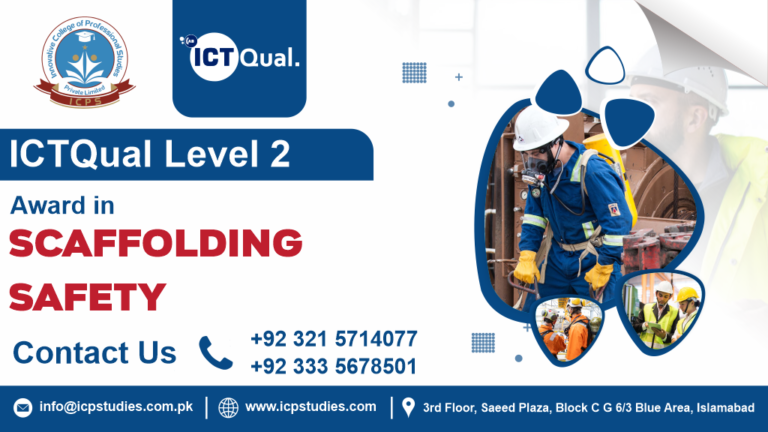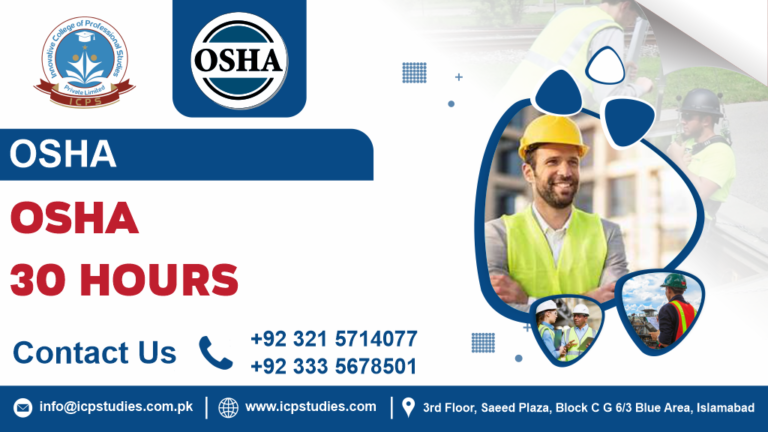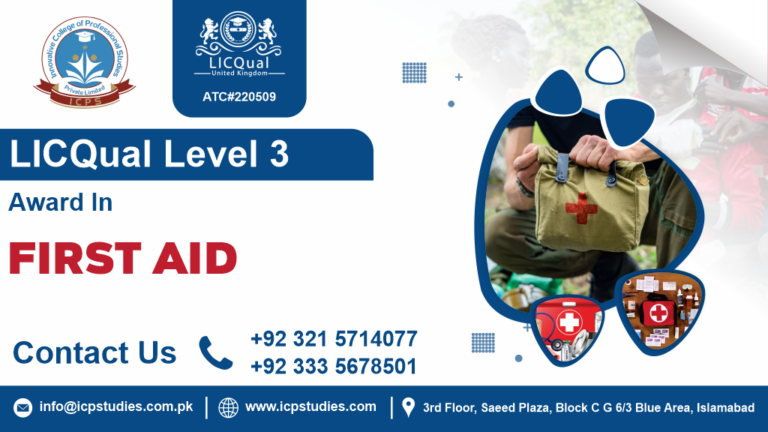In today’s world, where safety and efficiency are paramount, the Level 1 Award in Work at Height stands as a foundational pillar in ensuring that individuals are equipped with the knowledge and skills to operate safely in elevated environments. Whether you’re in construction, maintenance, or any industry where working at height is a necessity, this qualification offers crucial insights and practices to mitigate risks and enhance workplace safety.
Working at height poses inherent risks that require specialized knowledge and careful planning to minimize accidents. Falls from height remain one of the most common causes of serious workplace injuries and fatalities globally. Therefore, having a structured training program like the Level 1 Award in Work at Height becomes essential not just for compliance but for fostering a culture of safety within organizations.
Level 1 Award in Work at Height is not just a certification but a commitment to safety and professionalism. It empowers individuals to carry out their duties with confidence and competence, knowing they have the necessary skills to work safely at heights. As industries evolve and safety standards continue to be prioritized, investing in such foundational training becomes not only beneficial but crucial for any organization looking to safeguard its workforce and reputation.
All About ICTQual Level 1 Award in Work at Height
Course Overview
ChatGPT
The Level 1 Award in Work at Height is a specialized training program designed to equip individuals with the fundamental knowledge and skills necessary for working safely at elevated levels. This qualification is essential for anyone whose job involves tasks performed above ground level, such as construction workers, maintenance personnel, and those involved in facility management.
The Level 1 Award in Work at Height is a vital certification for individuals whose job responsibilities involve tasks performed at elevated levels. By providing comprehensive training in risk assessment, safety equipment usage, legal compliance, emergency procedures, and safe working practices, this qualification equips participants with the essential skills and knowledge needed to work safely and responsibly at height. Investing in this certification not only enhances individual safety but also promotes a culture of safety within organizations, ensuring that work at height is conducted with the highest regard for safety and well-being.
Study Units
- Introduction to Work at Height
- Legislation and Regulations
- Risk Assessment and Management
- Personal Protective Equipment (PPE)
- Work Equipment and Platforms
- Safe Working Practices.
- Fall Prevention Systems
The entry requirements for the ICTQual Level 1 Award in Work at Height typically include:
- Age Requirement: Participants must be at least 18 years old.
- Basic Literacy and Numeracy: Competence in reading, writing, and basic math skills to comprehend course materials and assessments.
- Health and Safety Awareness: A basic understanding of general health and safety practices related to working at height.
- Job Role Relevance: Ideally, participants should be employed in roles that involve working at height, such as construction, maintenance, or access equipment operation.
- Physical Capability: Participants should be physically able to perform tasks associated with working at height, as practical training may be included.
- Registration: Completion of necessary registration forms and payment of any applicable fees.
Always verify with the specific training provider for any additional or specific entry requirements, as they can vary.
4o mini
The ICTQual Level 1 Award in Work at Height is designed for:
- Construction Workers: Individuals involved in construction activities that require working at height, such as roofers, scaffolders, and general laborers.
- Maintenance Personnel: Workers who perform maintenance tasks that involve using ladders, scaffolding, or other equipment to access elevated areas.
- Access Equipment Operators: Individuals who operate equipment such as cherry pickers, scissor lifts, or aerial work platforms.
- Supervisors and Managers: Those overseeing teams that work at height and need to ensure compliance with safety regulations.
- Safety Officers: Professionals responsible for implementing and monitoring safety practices related to work at height.
- New Entrants to the Industry: Individuals looking to start a career in fields that involve working at height.
Learning Outcome
The Level 1 Award in Work at Height is designed for individuals across various industries who are involved in tasks performed above ground level. This course is particularly beneficial for:
- Construction Workers: Including scaffolders, roofers, and builders who frequently work on elevated structures and platforms.
- Maintenance Personnel: Technicians, engineers, and facility managers responsible for servicing and maintaining equipment located at height.
- Health and Safety Professionals: Officers and managers tasked with ensuring compliance with safety regulations and implementing workplace safety policies related to working at height.
- Utility and Telecommunications Workers: Those involved in installing and maintaining utility services and telecommunications equipment that often require work at height.
- Industrial Workers: Operators and technicians in industrial settings where accessing machinery or conducting inspections may involve elevated work platforms.
- Emergency Services Personnel: Firefighters, rescue teams, and paramedics who may need to perform rescue operations at height and require specific training on safety protocols.
- Event and Venue Staff: Professionals involved in setting up stages, rigging equipment, or managing events where working at height is a common requirement.
Benefits for Participants
- Enhanced Safety Awareness: Participants gain a comprehensive understanding of the risks associated with working at height and learn effective risk management strategies.
- Legal Compliance: Ensures compliance with relevant health and safety legislation and industry standards, reducing the risk of legal liabilities.
- Improved Skills and Confidence: Equips individuals with practical skills, such as using safety equipment and implementing safe working practices, enhancing their confidence and competence in performing tasks at height.
- Career Advancement: Provides a recognized qualification that can enhance career prospects and opportunities for roles requiring work at height responsibilities.
Conclusion
The Level 1 Award in Work at Height is essential for anyone whose job involves tasks performed above ground level, offering vital knowledge and skills to ensure safety, compliance, and efficiency in work practices. Whether you’re entering the workforce or seeking to enhance your existing skills, this course provides valuable training that can benefit individuals across a wide range of industries where working at height is a requirement.
FAQs about ICTQual Level 1 Award in Work at Height






